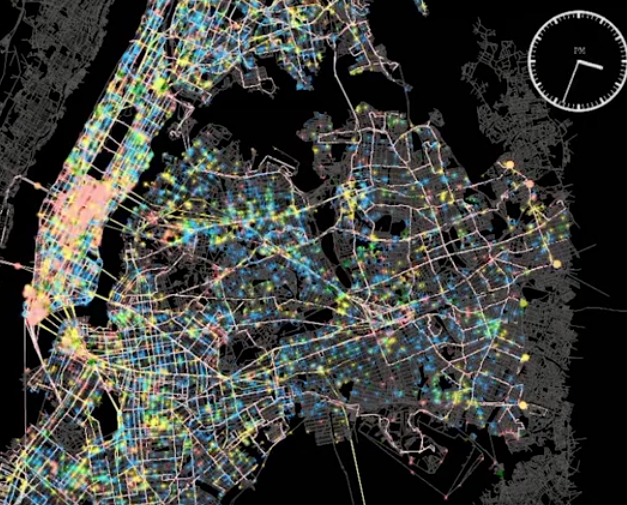Urban Microtransit Cross-sectional Study for Service Portfolio Design
Background
A recent article from Boston Consulting Group and Via highlights advantages that microtransit can have when implemented under the right settings, an increasing research area. But, what built environment and sociodemographic settings make these services most successful? How does this dependency vary for different types of operations? How do these benefits vary by users of the market? How do users perceive and value these benefits relative to their needs? Consequently, if service providers wish to construct a portfolio of solution options to present to city agencies, how should they design their portfolios?
Via provides a microtransit service that partners with different city agencies to provide different types of service: either virtual stop-based shared taxi or microtransit, software to support existing taxis, specialized bus services, or first/last mile services. With data from over 100 different city implementations around the world, there is an opportunity learn from these experiences to quantify thresholds and factors that most influence successful microtransit operations. However, this data needs to be matched with demographic characteristics of users. A more general consideration is the manner in which user preferences and behavior influence the choice of different modes.
The knowledge base from this data can be used to support design of portfolios of service options for a city. Given all the myriad of different options and existing public data, can we design a framework that can identify operating strategies that dominate in one or more sustainability criteria and quantify their performances within a portfolio of projects for city agencies to evaluate?
Research Objectives
Phase 1 is a Cross-Sectional Study of project data on microtransit, in partnership with Via. Through Via, we will gain access to a cross-sectional data set of microtransit implementations from various cities worldwide. Using that data for a subset of those cities with sociodemographic and built environment data for each selected city from U.S. Census and international databases, we will develop a model relating performance metrics of different classes of operations to city and service attributes.
In Phase 2, the model from Phase 1 will be applied within a service coverage optimization model to identify Pareto-dominant projects within a city to construct a portfolio of different service options. The framework involves taking a set of zones with commute patterns and existing fixed route transit station locations. A multiobjective, combinatorial optimization problem will be solved to select a subset of zones and operating class for those zones. The output of the optimization problem will be a Pareto optimal set of projects; these will form the list of projects and forecasted metrics for the city’s portfolio.

Deliverables
The following deliverables will be made available to Via and hosted on C2SMART’s public repository:
- Estimated model
- Code for portfolio design model
- Final report and other 2+ research papers summarizing the findings
- White paper addendum for flexible transit operations

Project Details
| Principal Investigator | Joseph Chow |
| Co-Principal Investigator | Rae Zimmerman |
| Funding Source | C2SMART: $108,832 NYU cost share: $37,715 (dean’s fellowship, SURP) Via in-kind cost share: $20,000 |
| Total Project Cost | $166,546 |
| USDOT Award # | 69A3551747124 |
| 3/1/2020 – 2/28/2021 | |
| Implementation of Research Outcomes | The outputs from this project are service provider and user relationships to microtransit alternatives and will form the basis of a “Mobility-as-a-Service (MaaS) Institute” initiative to disseminate and transfer knowledge about MaaS and microtransit to the industry. The relationships will provide thresholds for microtransit operations to help cities construct a portfolio of desirable project options to implement. |
| Impacts/Benefits of Implementation | Improved mechanisms for private microtransit operators to work with city agencies and users to provide MaaS to users |








